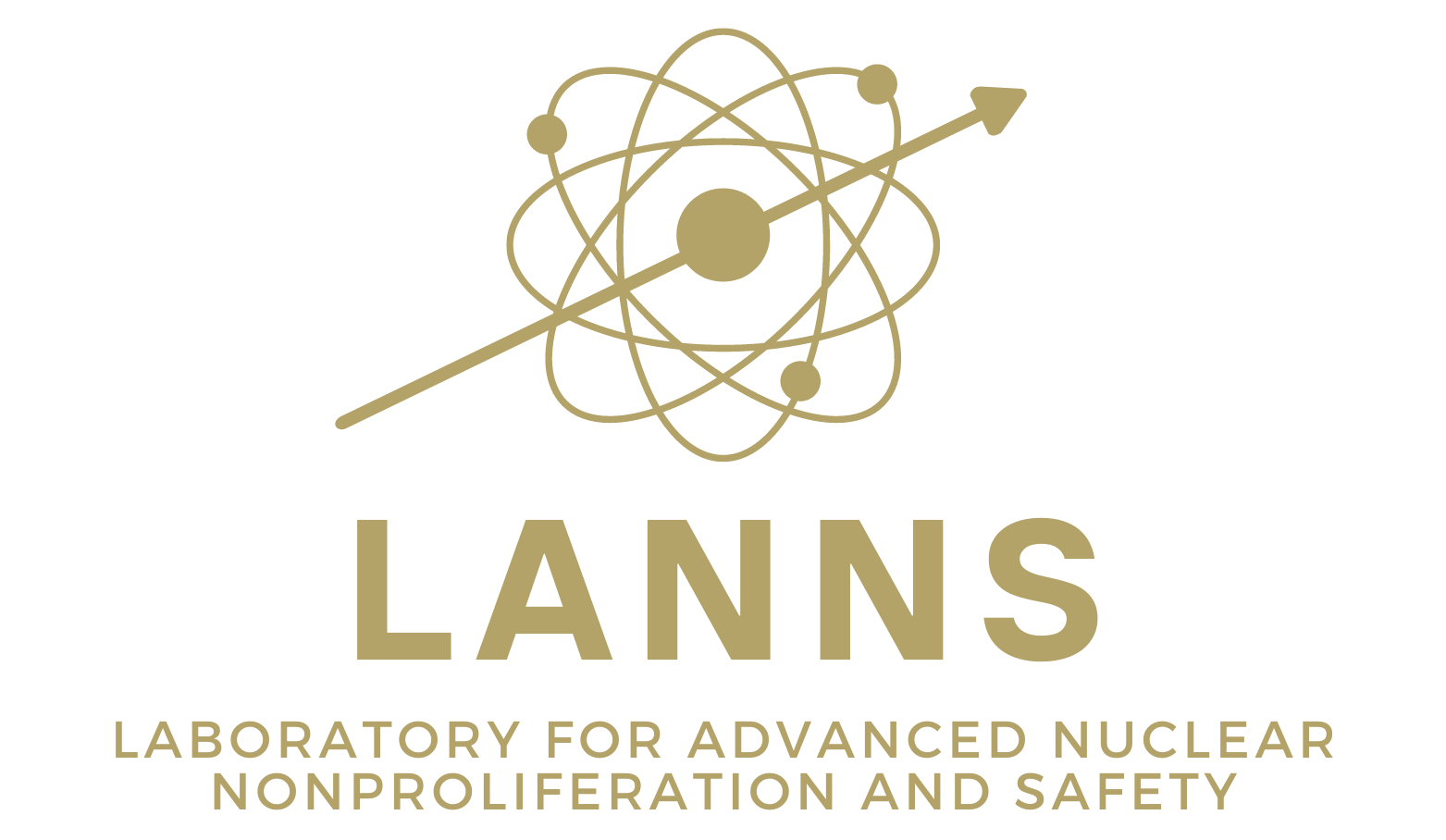Machine Learning for the Reactor Evaluation Through Inspection of Near-field Antineutrinos
(RETINA) System
Matthew Dunbrack
Abstract: Antineutrino detectors have potential for use as independent, tamper-proof tools for reactor monitoring using the antineutrino flux from reactor cores. In this work, we utilize machine learning methods in a proposed Reactor Evaluation Through Inspection of Near-field Antineutrinos (RETINA) system to detect special nuclear material being removed from a simulated Advanced Fast Reactor-100 core. Based on sampling antineutrino distributions for a variety of diversion scenarios, a series of support vector machine models were trained and tested to optimize diversion detection probability, or safeguards power. Scenarios were also withheld from grouped models to test the RETINA system against ‘unseen’ events, which are diversion scenarios withheld from the model training. While the final detection probabilities were still lower than the safeguards power limit established by the International Atomic Energy Agency, they do indicate the importance of simulations to identify the diversion scenarios most at risk of undetected proliferation.
